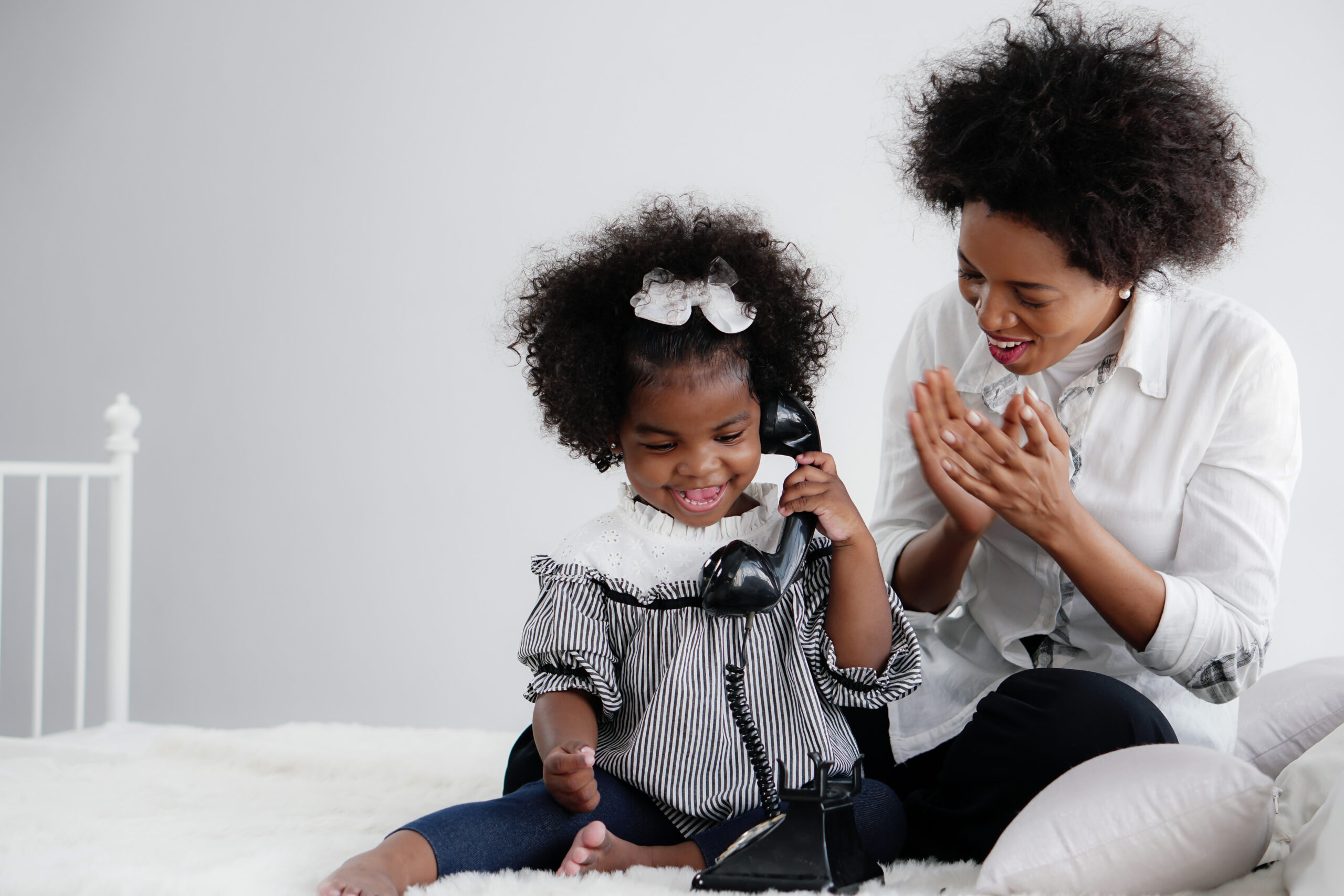Q&A: Equity in Early Childhood
PublishedEvery early educator wants to give each child a bright start—and a big part of that goal is dismantling the biases and inequities that have created an achievement gap for young Black children. Jen Neitzel and Ebonyse Mead, authors of The Handbook of Racial Equity in Early Childhood Education, are doing excellent work to transform practices and work for systemic change in early childhood. Here, they share their insights on how to break down barriers and get others on board with equity work.
Editor’s Note: This is an abridged version of a Q&A that appeared on the Brookes Publishing blog. The complete interview can be found here.
Q. When approached with the idea of equity work, some teachers of young children might default to defensiveness, responding that they already “treat all kids the same.” What is the message these professionals need to hear to break through that wall and understand why this work is so important?
A. When we start our trainings, we always begin with a set of assumptions. One of those is “We all believe that no child’s skin color should fate him or her to negative outcomes.” That is something that we can all agree on. So, yes, we understand when educators say that they treat all kids the same way. We also understand that kindness, compassion, and empathy are the foundation of our field. Most of us went into early childhood because we understand the power of those early relationships and learning experiences. These thoughts and feelings are grounded in colorblind racism, which is the foundation of current practices within the field.
We must, as a field, begin having conversations about how early childhood education is not immune from racism. However, it is not enough to talk about racism. Most people, when they think of racism, think of racist acts from one person to the next. We want to push people beyond thinking about racism at an individual level to a point of understanding that whiteness and anti-blackness permeate every aspect of our society, including early childhood education. There are key disparities in early childhood, including suspensions and expulsions, that will not go away unless we dig deep into the ways in which early childhood programs are set up and for whom.
For example, when we look at the major theorists and pioneers in the field, they are primarily White. We understand and value these theories and manifestations of what early childhood should look like; however, we must expand our definition of quality to include additional voices about what that might look like for Black children and other children of color. We need to provide spaces where all children feel safe and feel that they matter simply because they exist. To do so, we must engage in self-reflection about our beliefs (including about early childhood) and how we show up in spaces for young children. We must push educators to understand that all children see race and begin placing value on it from a very early age. Our early childhood programs offer children a space to develop the key skills needed to have authentic, cross-cultural relationships that are desperately needed at this time.
Q. Some early educators may not talk about race with young children because they’re afraid kids that age “aren’t ready.” Why is it important to discuss race with kids from an early age, and what are some steps teachers can take to integrate these conversations in their classrooms?
A. Many of us do not realize that young children begin to notice race at a very early age. For example, babies as young as six months of age show preferences for individuals from their own race. By four and five, children begin to place value on skin tone, not necessarily by what they are experiencing at home, but more so in the messages that they receive through media, TV, picture books, toys, and larger society. Recently, a graduate student replicated the Doll Study that was conducted by Kenneth and Mamie Clark in the 1940s. In this recent study, both Black and White children show preferences for the White dolls and assign them as good (White dolls) and bad (Black dolls).
We can no longer pretend that children aren’t ready or don’t see color. We can have developmentally appropriate conversations and activities about race by reading picture books with Black children and other children of color as the protagonists. We can talk about fairness and unfairness. We can have conversations with children about how melanin determines skin tone. We can engage children in conversations where they talk about similarities and differences among the children in the class in a very normalized way. We can help children develop positive identities by having activities where they choose their eye color, skin tone, etc. These are all incredibly important.
We cannot shy away from talking with young children when they bring up race. We must normalize talking about race with young children. It is when we place our own discomfort on young children that we perpetuate the idea that talking about race is taboo. We must explore our own discomfort in talking about race so that we break the cycle with the children we care for.
Q. For early childhood programs in some locations, equity work may be viewed with suspicion and even hostility. Do you have suggestions for individual administrators who want to proceed with this essential work in a challenging political environment?
A. Anti-racism work has definitely become more challenging in recent years. First, it is really important that administrators and educators research the law within their state. For example, it makes a difference where early childhood is housed. In some states, early childhood is comprised within the Department of Education. In other states, it is part of the Division of Early Childhood or Child Development. Most, if not all, of these laws only pertain to K-12. Therefore, equity work can advance in early learning programs by implementing practices that are beneficial for all children, such as talking about similarities/differences; painting self-portraits; reading books with Black and Brown characters; talking about fairness/unfairness; having pictures of children and families with various skin tones and hairstyles and talking with children about them.
Equity-related efforts should not and don’t have to be divisive or politicized. CRT is a graduate-level class that is not part of any early childhood or K-12 classroom. Equity work with young children is about helping them recognize their shared humanity and interconnectedness.
Q. What would you say to an early educator who clearly sees the need for equity work in their program, but faces resistance from administration and/or other teachers who believe their current practices are fine as is? What are some first steps to take toward getting others on board?
A. The most important thing that individuals can do is present real-world data that illuminates the issues for other people. It is pretty hard to ignore the suspension and expulsion data. In the book, we also provide an overview of the current issues within early childhood related to disparities in teacher-child relationships and instructional opportunities.
Another strategy is to let others know that culturally responsive anti-bias practices are good for all children. We have an entire chapter on these practices, including additional chapters on positive identity development and culturally responsive family engagement. These practices build on our current conceptualizations of “high-quality” and offer ways for children to gain skills that are critical for them to engage in an increasingly cross-cultural society in a healthy and authentic way.
For more expert guidance on working toward equity and justice in early childhood programs, refer to Jen Neitzel and Ebonyse Mead’s important and timely book, The Handbook of Racial Equity in Early Childhood Education.



